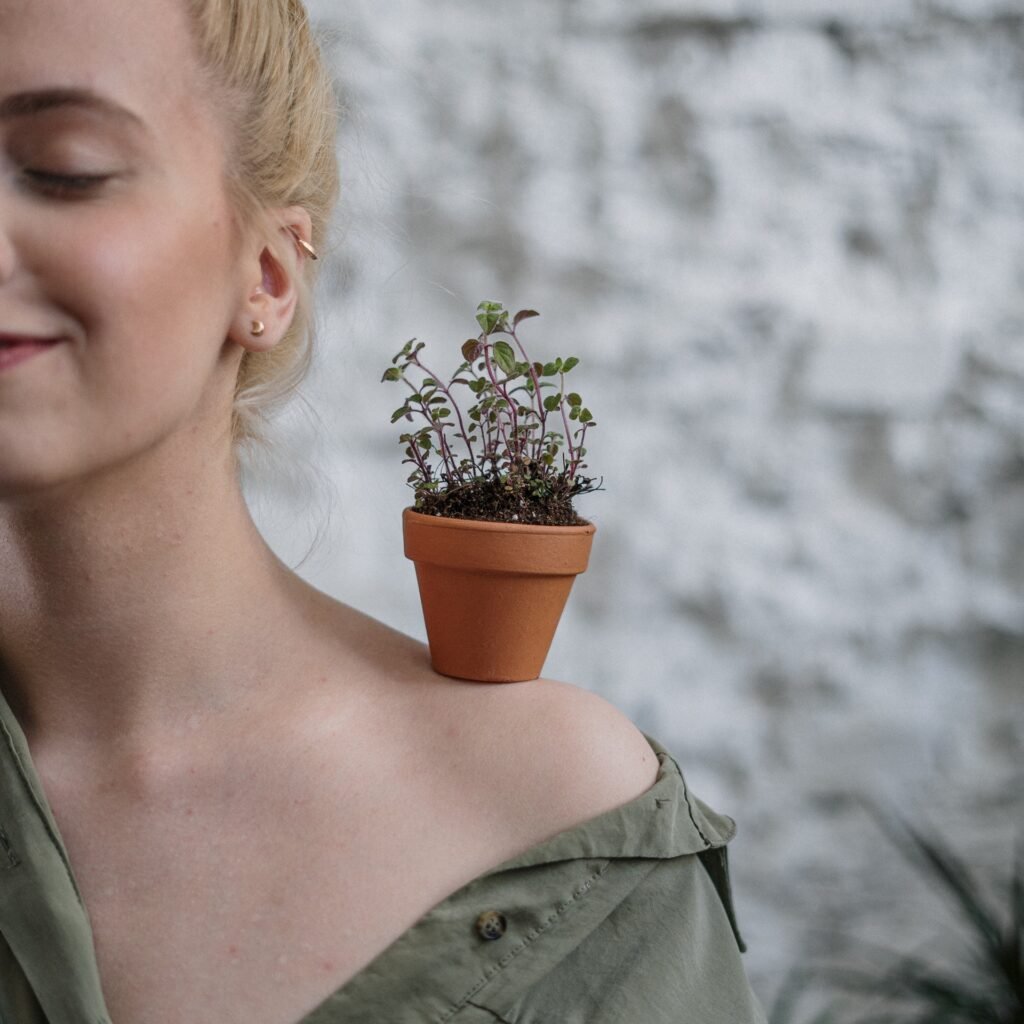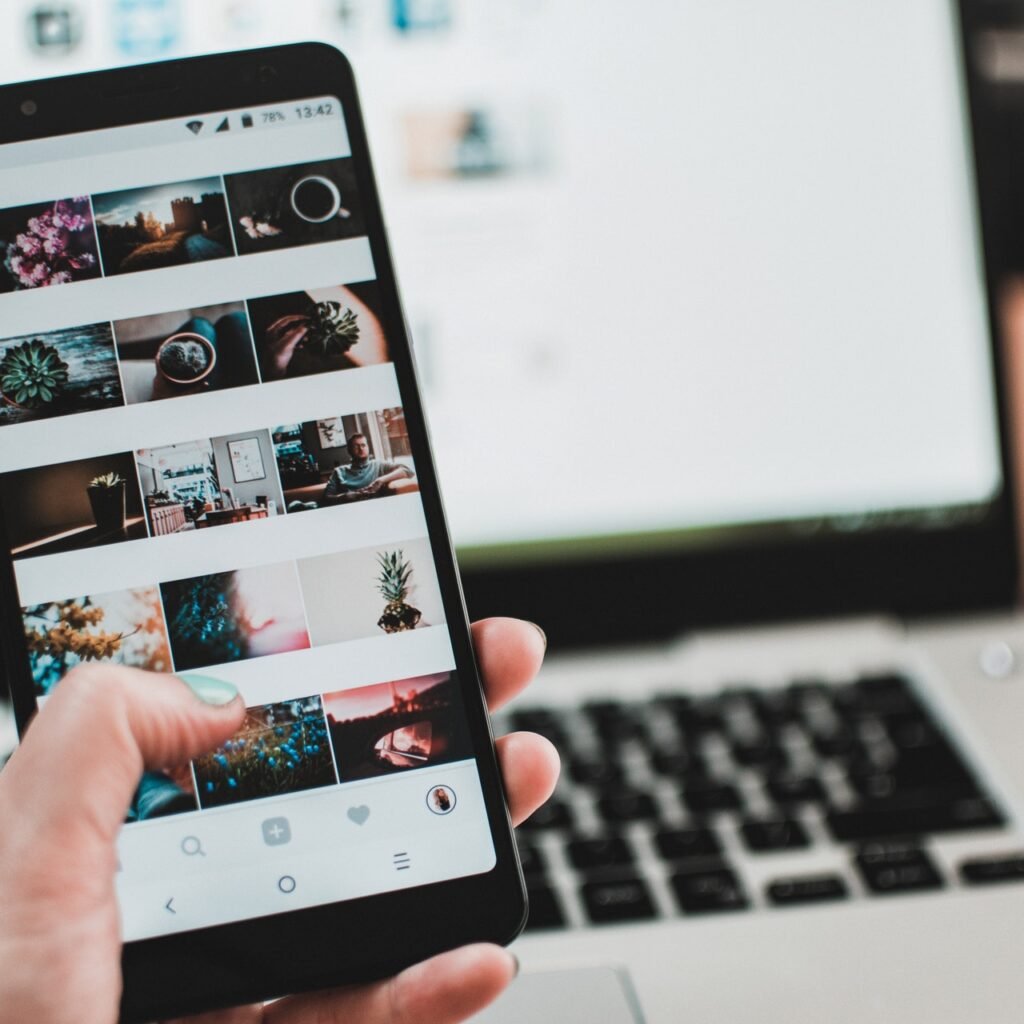Meditation and mindfulness have been around for thousands of years, with their origins in Dharmic traditions such as Hinduism and Buddhism. In recent years, however, there has there been a surge in popularity in the west with the number of people meditating tripling since 2012.
With the rise in demand and popularity, corporations have responded as they usually do to any demand, by seizing the opportunity to make a profit from someone’s pain. According to this article by TechCrunch, the top 10 meditation apps pulled in $195M in 2019 (up 52% from 2018).
In the same year (2019), the meditation app Calm became the first meditation app company to be valued at $1 billion. In the same year, ‘Business Monk’ Andy Puddcombe, co-founder of Headspace, bought himself a $7.5 million mansion in Santa Monica, California.
1. Your Credit Card number, please?

Should something like meditation, that could potentially shape and influence the lifestyle and mental health of countless individuals for better be kept behind an economic barrier?
What about the people who can’t afford a monthly subscription? Should meditation and mindfulness be accessible only to executives or celebrities or people who are economically well off?
Research shows that meditation when used correctly can help to reduce depression, stress, anxiety, and many other negative states of mind.
How acceptable it is to earn profits from someone else’s suffering? Are we going to allow corporations to do to meditation, what drug companies did to medication?
Making it unaffordable to the masses while it was something taught for free by wandering monks and ascetics for millennia. In fact, these teaching were spread by monks and sages by travelling barefooted from village to village for benefit of the masses. It is our cultural inheritance.
A report by the Joseph Rowntree Foundation and the Mental Health Foundation found that “Poverty increases the risk of mental health problems and can be both a causal factor and a consequence of mental ill-health”.
So by hiding mental wellness resources behind subscription packages means that the people who need them the most don’t have access to them at all.
2. Meditation is a vocation

A vocation is a calling, an activity that you are drawn to, to serve others and to do good. And with time and experience comes expertise and with expertise comes greater monetary gain. There’s nothing wrong with getting paid to teach meditation but there should be a fair and transparent exchange.
And the teachers who are really out there teaching either physically or online, interacting with individuals, helping them fine-tuning the practice, providing personal guidance and value deserve a fair compensation.
However, most teachers rarely get paid what they deserve. It is the big corporations and apps that borrow millions from banks and spend them on advertisements and creating false propaganda (see the fourth point). They make billions and steal from such teachers, who are really passionate about the practice, about teaching, who are out there to help.
The concern is not that they are making money, the concern is they’re not providing the value either (discussed in the fifth point), nor are they sticking to the morals and bringing disgrace to millennia-old traditions. This brings us to our next point.
3. Meditation is not a commodity

Today Meditation is being brought down to an executive version of stress relief, psychological or spiritual opium of sorts. How valid you think is it to turn these ancient and sacred teachings into mass-marketed anxiety pills? A monthly subscription for stress relief?
David Forbes, a professor of contemplative education at Brooklyn College said it well in an interview with Vox:
“as more and more people make money off of mindfulness, I think it corrupts the spirit of the tradition and practice. I think it becomes more and more a product like any other in our society, and I think it becomes more an individualistic pursuit”.
In 2011, Dr Miles Neale, a contemplative psychotherapist and Buddhist teacher coined the term ‘McMindfulness’ to highlight the above problem. Recently Headspace proved that ‘McMindfulness’ stronger than ever, by partnering with Starbucks to offer meditation to its customers.
In an article published by Medito Foundation Why meditation should be free the author Steven Yorke shares:
You only have to imagine the Buddha saying “I’ll show you the way to peace and enlightenment, but first you must show me your credit card details or buy a coffee from a multinational corporation” to recognize the extent of the corruption of the ancient ideas.
4. False Marketing Propagandas

You may have seen adverts for a popular meditation app saying “increase your happiness by 16%”. This shamefully suggests that there’s a magic pill for unhappiness, as long as you can afford a monthly or annual subscription.
Adverts like these make meditation seem like a quick fix for all the troubles of life and I can speak from my own experiences and of other meditators I have taught or talked to, that if you fall into such traps you”ll only negate your responsibilities and obligations.
And find yourself deeper into the problem you were trying to escape from because focusing on the breath alone can’t pay your bills or take your kid to the school or fix your broken marriage. It doesn’t take a seasoned meditation teacher to tell you this, any sensible person can see this.
Furthermore, scientific statements, such as the “16% happier” one mentioned above, couldn’t be regarded as scientific as they are used for corporate interests and being presented by a biased party for their own self-interests. Ronald E. Purser points this out in his book ‘McMindfulness’ (named after the term coined by Dr. Neale). He says that:
“the guiding ethos of scientific research is to be disinterested and cautious, yet when studies are employed for advocacy, their trustworthiness becomes suspect.”
5. A half-baked Solution

Meditation is often promoted as a way of quieting the mind, alleviating pain and anxiety, and even transforming you into a happier and more compassionate person. But if done incorrectly – twitching, trembling, panic, disorientation, hallucinations, terror, depression, mania and psychotic breakdown – these are some of the reported effects of meditation. (source)
David Robson, the author of How too much mindfulness can spike anxiety for BBC.com said:
For around 20 years, I’ve struggled with periods of anxiety, and turned to mindfulness meditation as a means of quelling those feelings. At its best, the benefits would often perfectly match the hype. Focusing my attention on my breath or my body would calm my nagging internal voice, and I’d return to normal life feeling energised and invigorated. Far too often, however, I’d end the session feeling much worse than when I began. Rather than relaxing, my heart would begin to accelerate, or my inner monologue would take a nasty turn, as unpleasant memories and feelings of failure and hopelessness flooded my mind. These events became so frequent that I now only use mindfulness occasionally.
One study from 2019 showing that at least 25% of regular meditators have experienced adverse events, from panic attacks and depression to an unsettling sense of “dissociation”. Given these reports, researcher Willoughby Britton, founded a non-profit organisation, Cheetah House, to offers support to ‘meditators in distress’. “We had more than 20,000 people contact us in the year 2020.” he said.
“It’s like somebody turned up the volume knob, and the intensity of all your emotions is going to be louder,” says Britton, whose recent paper reviewed the potential ways that meditation could backfire. Eventually, your sensitivity to every slight change could become overwhelming. The result could be full-on panic attacks, as, indeed, around 14% meditators reported in a Portuguese study.
Florian Ruths has researched mindfulness for 10 years, as clinical lead for mindfulness-based therapy in the South London and Maudsley NHS foundation trust. He states:
“If we exercise, we live longer, we’re slimmer, we’ve got less risk of dementia, we’re happier and less anxious … People don’t talk about the fact that when you exercise, you are at a natural risk of injuring yourself. When people say in the new year, ‘I’m going to go to the gym’ – out of 100 people who do that, about 20 will injure themselves, because they haven’t been taught how to do it properly, or they’ve not listened to their bodies. So when you’re a responsible clinician or GP, you tell someone to get a good trainer.”
One of the reasons this happens is because most apps and services strip out the teachings of these eastern traditions and present them as magic pills. Mindfulness is one such example, which comes from the teachings of Buddha. All Buddhist schools and practices are called vehicles.
Nowadays almost all apps and even individual teachers are teaching vehicles separate from the path. And no doubt both teachers and students keep rotating like a dog chasing its tail. And in my personal experience, most practitioners like that are more anxious because of mediation than without it.
What to do?
The reason for the above is very simple. To be mindful simply means to be aware and awareness is like water, as water doesn’t know whether the distinction between the flower or the weed. Water would nourish both without any discrimination. Similarly, anything you hold in the field of your awareness would grow.
If it’s beautiful things like love, peace and compassion they will flourish, the mind will find its vibrational match and pull more of it and if you hold feelings of scarcity, fear, hopelessness, stressful events at work, violence etc. you’ll find yourself more and more in such situations.
“Your mind will take the shape of what you frequently hold in thought, for the human spirit is coloured by such impressions.”
– Marcus Aurelius.
And unless you are living in some cave or some monastery you’ll naturally pick on negative vibes through people, news, social media and if you are more mindful of information about crimes, injustice, workload, politics etc. what will happen?
So cultivating mindfulness but not knowing how to control and direct it is like a ballistic nuclear missile without navigation. It usually backfires and causes more harm than benefit. And this is not a hippie observation, it is well known throughout ancient cultures.
Hence they sung praise and expressed gratitude through hymns and prayers, contemplated on virtues such as benevolence, compassion, grace and peace etc. Try to find one ancient prayer or hymn or mantra that’s actually a complaint or disempowering in nature.
Conclusion
Besides all the above points, why in the world would you rely on a dumb electronic device and app subscription for your inner peace? Is that who you really want to be? If you really want to succeed in mediation, if you truly want to take responsibility for your mental health then first learn to sit without your phone, even if it’s initially only for 10 or 20 minutes.
What are your thoughts on this? Do you have any questions? Write them in the comments below. If you find this post helpful share it with who you think could benefit from it. Have a great day/night. Namaste!


I very much agree with the caution about commercializing that you well summate in the ter McMindfulness. Also I agree that while accessibility to individuals in the moment of their choice to DO BETTER RIGHT NOW or reach out from an anxiety attack is a very good thing, the loss of congregation is not.
Congregation, most in the West, will associate with church and communion, but let us also think of a neighborhood cookout and community, to remove our preconceptions of very current and stylish dismissal of religion from a quiet and more questionable dismissal of communion in all forms.
We don’t eat at the same table, kids don’t ride bikes and do homework (going back and forth 1 subject, ride, next subject, talk then ride) together after school while parents get home from work and start dinner over hors d’eovres, maybe even adult friends joining at eachother’s homes for a bit.
Addressing this trend’s effect upon meditation, dharma is powerful (ask the Bible: whenever 2 or more are gathered in His name there is LOVE.
Now apply that to the communion of souls who gather to meditate or who learn it from a person who gives it as an extension of their understanding that we are all one, and thusly remain in some connection to those from whom they learned and to tho whom they teach.
I caution that this idea is to elevate one’s giving and one’s perspective of receiving knowledge and energy, both in ways, understanding. Some use it to shame a teacher for charging for services, when, if we only allow it to be free of charge I could not teach. The plastic surgeon’s wife I know who has students taking tinctures rather than food, putting a coin she “can get them for $45” under every glass of 💧teaches for free. She doesn’t need money to support her family, yet she will unintentionally lead student straight to consumerism because she herself is enchanted.
It is up to teachers to maintain an authenticity in their work that drives them to not limit themselves to giving exactly what is paid for, as a husband and wife cannot keep a tally of today’s giving and receiving exchanges.
Myself I teach, and I try to find ways to make it an easy thing to pay me for my work. I also teach for free, but not usually for social gimme wherein people who can well afford choose to ask people who need to work to do it for free in the hope of future business. It loses it’s soul there.
I give to the man who is unable to leave his house unless someone takes him and is pain that put him on herein. Yet stretch and massage give him hours of relief that heroin (not opiates, prescribed straight heroin) does not. I teach a person with Parkinsons, actively learning as I go for them to receive benefits my class.
I do a led meditation on Sabath on Facebook Live, though I charge for zoom classes the rest of the week. I teach for a study on how meditation adjusts behavior much more effectively than detention.
It is up to the teachers to bring their authenticity and the student to honor the soul of the person who teaches them (maybe with payment, maybe with respect) before they can say Namaste
Hi Krupal,
Thanks for sharing
I found this information quite helpful especially who are non believers in meditation, mindfulness and yoga.
The first thing I noticed that this is multi million dollar industry. When I came across through one website (not mentioned) run by (name not mentioned) first of all they provided me free meditation courses. Once you completed that courses than they’ll asking more question regarding mental and physical health. After completing questionnaire they suggest some paid courses and at that time anyone confused like should I need to purchase or not because free courses have helped little bit.
At that time I thought that wow this is so wonderful and prices are not higher as we spend lot money for junk food and all. So I have to buy this and correct my mental health. But I haven’t did that. God’s know why!
I have done some research on meditation which is really helpful and it’s Dr Joe Dispensa’s meditation. I know it’s not free but fruitful. One can find some free meditation of Dr Joe’s on YouTube. I have just listen his videos on YouTube and understand scientifically how to come up with stress, anxiety, depression and negative thoughts.
Also, Our ancestors showed the meditation and yoga to the world. We have to learn from their shared knowledge.
I have also learned Reiki energy to fewer energy exchange. This is good meditation also.